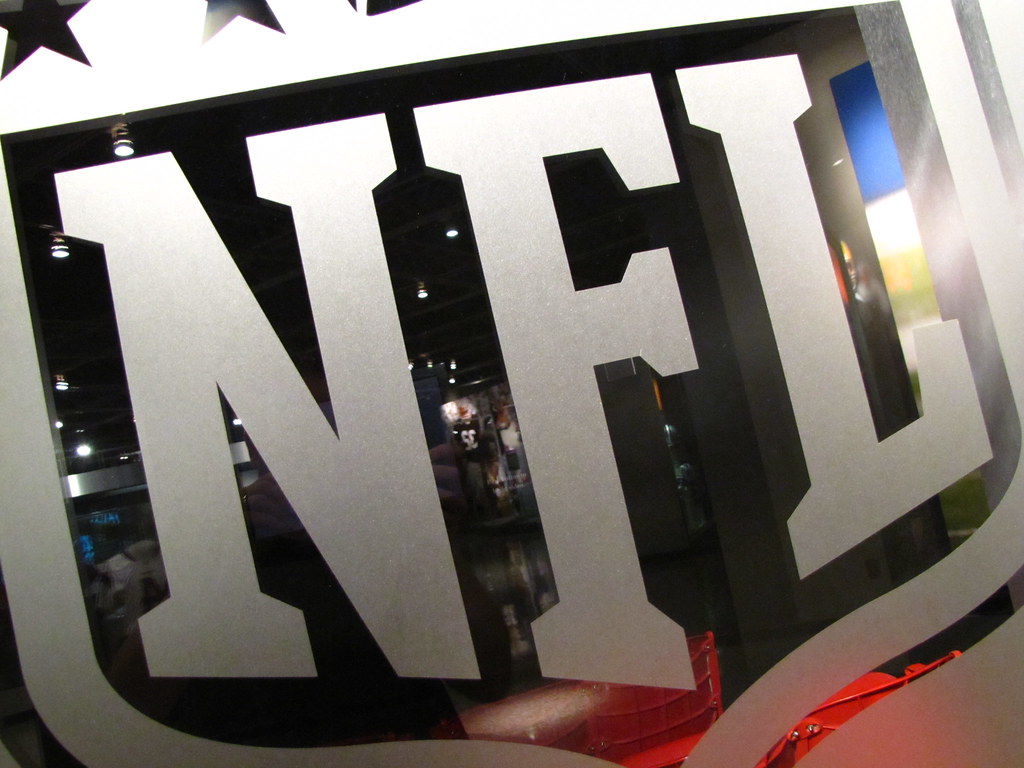In the ever-evolving landscape of streaming services, Amazon Prime Video has taken a bold step that has both intrigued and irked its user base. On January 29, the company began integrating ads into the Prime Video experience, a move that was prefaced last year with promises of investing in “compelling content.” However, the catch was a $3 monthly fee for those wishing to avoid advertisements. What subscribers didn’t anticipate was the simultaneous removal of Dolby Vision and Atmos for those on the ad-supported tier, a detail that was not disclosed upfront.
The discovery was made when Forbes streamed an episode of Jack Ryan on an ad-supported account and noticed the absence of the Dolby Vision and Atmos indicators, which were present on ad-free accounts. This revelation means that to enjoy the high-quality Dolby features without interruption, subscribers must now fork over an additional $3 monthly on top of their subscription fee.
The response from subscribers has been less than favorable, leading to a proposed class action lawsuit in California. The suit accuses Amazon of deceptive and unfair practices, particularly for those who had paid for a year-long subscription expecting an uninterrupted viewing experience. The plaintiffs are seeking damages and an injunction against Amazon’s “deceptive conduct.”
Amazon’s spokesperson confirmed to The Verge that “Dolby Vision and Dolby Atmos capabilities are only available on the ad-free option, on relevant titles.” This marks a significant shift from the previous offering of both Dolby Vision and Atmos on the base ad-free $8.99 monthly tier before the price hike. Now, users are left with a lower quality video and audio experience unless they opt for the pricier ad-free tier.

The move has sparked widespread discussion and speculation about Amazon’s motives. It’s presumed that avoiding Dolby’s licensing fees on the lower subscription tier may be a factor, with Amazon potentially pushing HDR10+ as an alternative. However, the company has not provided an official explanation for the feature’s removal.
The situation has drawn comparisons to cable TV, with subscribers paying for content while also enduring ads and now, a downgraded viewing experience. This has led to a broader conversation about consumer expectations and the value proposition of streaming services.
Amazon Prime Video has long been a staple of the Prime membership, known for its original content and included as part of the overall Prime package. The recent changes, however, have altered the landscape, and it remains to be seen how this will affect Amazon’s standing in the competitive streaming market.
In conclusion, Amazon Prime Video’s decision to remove Dolby features from its ad-supported tier and charge extra for an ad-free experience has been met with backlash and legal action. As the streaming wars continue, the balance between revenue generation and customer satisfaction remains a delicate one, with Amazon’s latest move serving as a contentious chapter in the ongoing saga.
Related posts:
Amazon Prime Video won’t offer Dolby Vision and Atmos on its ad-supported plan
Amazon Prime Video’s ad-supported subscription tier is worse than you’d expect
Amazon Prime Video Gains Ads and Loses Dolby Vision & Atmos





